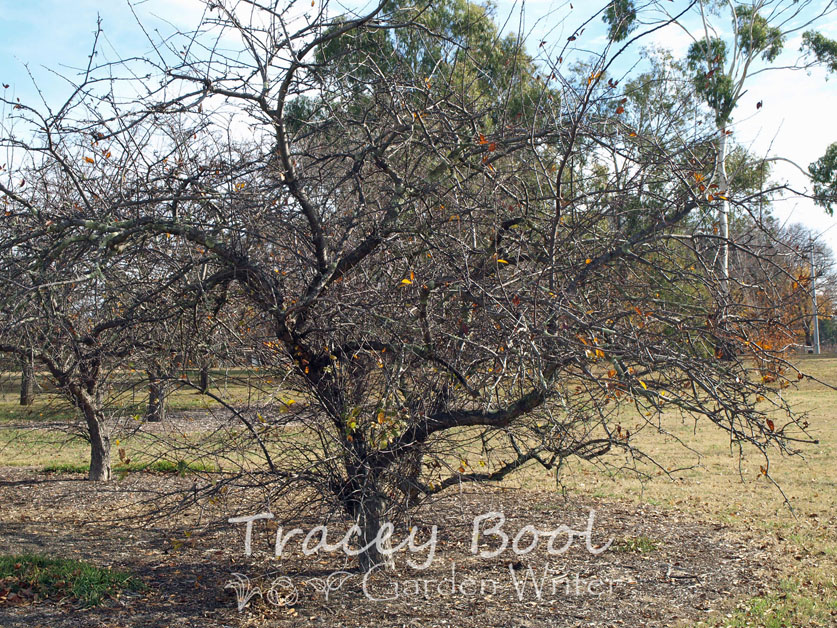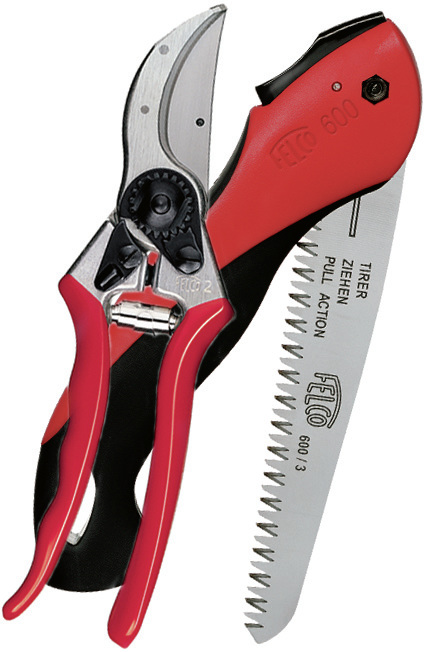|
The Art of Pruning
(August 2016) It may seem a little daunting at first, but using a pair of secateurs doesn’t require a degree in horticulture. However, a little knowledge of the basics will reward you exponentially and prevent you from weeping unnecessarily (no, you can’t glue it back on – grafting excluded of course). Pruning is carried out for many reasons including: to increase vigour and rejuvenate, maintain size, promote flowers, fruit and ideal shape for particular species, improve air circulation & reduce pest & disease problems, collect propagation material, remove dead, diseased or dying branches (the three ‘D’s’),and for effect such as topiary, bonsai and espalier. Before getting started, you need to know specific cultural information regarding the variety of plant to be pruned such as flowering times, whether it is sensitive to severe frosts or heat, if flowers or fruit develop on this or last season’s growth, and does it need pruning at all? Many plants need little or no pruning to keep them looking at their best, so don’t create needless work for yourself. There are many tools available on the market, but there are several which I consider indispensible in the backyard garden. For smaller pruning jobs of growth up to 15mm, use parrot-beak style secateurs, which cut wood without crushing it as anvil style ones do. For growth up to 25mm or that is hard to reach, long-handled parrot-beak style loppers are the way to go. All larger stems over 25mm are best cut with a Grecian pruning saw or chainsaw if you are sufficiently trained. It is well worth investing in good quality tools as their performance and durability is far superior, costing less in the long run. I have a pair of secateurs which belonged to my grandfather and are over sixty years old. Tools should be kept oiled and blades given a rub over with fine emery paper as needed. You should also clean them with disinfectant after every use to prevent spread of disease, especially when you are using pruning material for propagating cuttings. Generally, a pruning cut is made on a 45 degree angle slightly above an outward facing bud (one instance where this doesn’t apply is when buds are located opposite one another and therefore you use a straight cut). This is to maximize healing and to reduce chances of infection. Any water will run off and not pool on the wound. If possible, you are much better off pruning small diameter growth as it is less stressful to the plant, chances of infection are greatly diminished, and there are fewer pruning’s to deal with. For larger branches, you need to employ step cut method (to prevent outer wood/bark ripping) to branch collar, also on a slight angle. Research suggests that wounds heal more effectively without application of pruning paint. An indispensable book on the subject is ‘Pruning: A Practical Guide,’ By Rodger Elliott (1998). Unfortunately, it doesn’t appear to be in print at the moment, but it is well worth tracking down at the library or second hand. |
|


